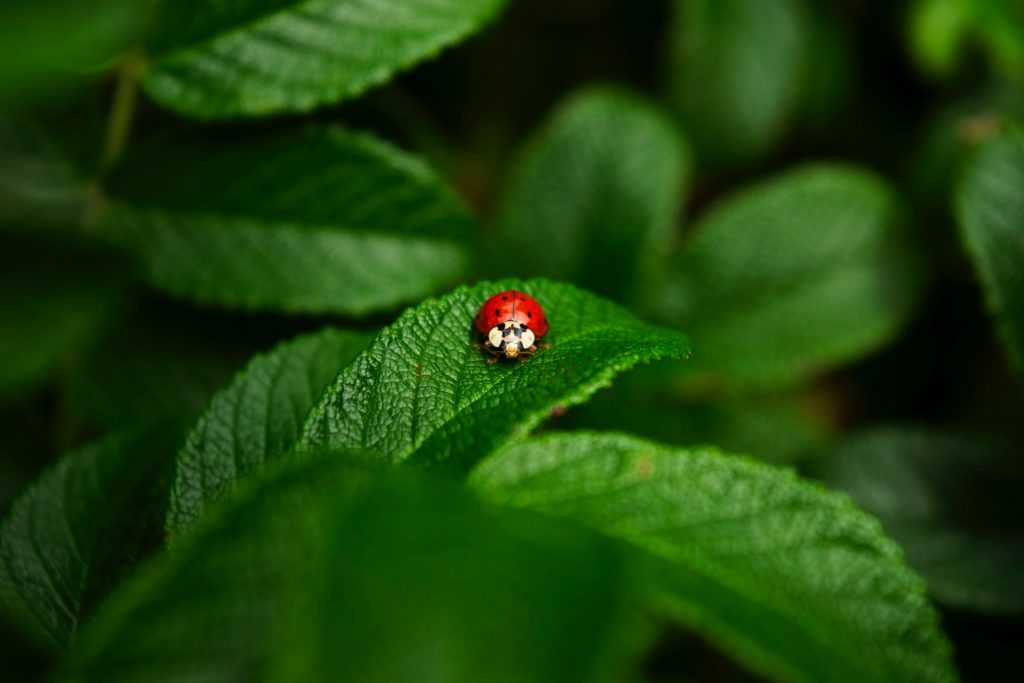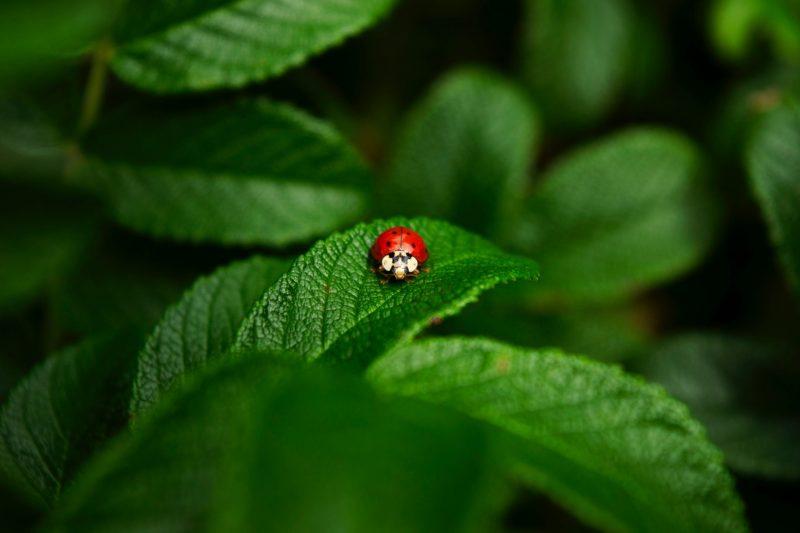Having a greenhouse means you have plants to protect. You might be mumbling, what are you supposed to protect it from? Well, I am talking about bugs and insects that can attack your greenhouse. It can make your crops bad and make your effort go to water because a report says 20% to 40% of crops are damaged due to greenhouse bugs.
It does mean you need to stop your plant growing dream. Instead, you have to learn how to keep bugs out of greenhouse and have healthy crops. That is why you will have to learn about the bugs that infest the greenhouse to identify them. Below you will learn about the bugs that can attack the crops, how to identify them, and deal with them.
How Can I Identify Greenhouse Bugs?
That’s where everything comes into play because without identifying bugs, you can’t call for any action. So, for your concern, I will enlist some renowned bugs and how to identify them below.

Aphids
Aphids are also known as plant lice, are soft-bodied, small, sluggish pests who like to stay in colonies on the plants’ stems and leaves. They can be identified by their twin cornicles. They multiply in greenhouses rapidly.
Mealybugs
Soft-bodied, small and similar to aphids, the mealybugs eat the plant sap. They are covered with waxy or mealy secretions that protect them from pesticides. These pests can infest any part of the plants. They can produce honeydew which becomes sooty mold on the plant parts.
Scale
Scale insects are mostly females. Mature females do not have wings, and for protection, they secrete shell-like covering. Males are rare, non-feeding, small, and do not live long. They have wings, unlike their counterparts.
Honeydew
A liquid containing sugar and they are sticky. Insects like aphids, scale, etc. secrete honeydew. The liquid can turn into sooty mold and can harm your plants.
Mites
These are sap-sucking insects. There are two types of mites. Spider mite and cyclamen mite.
- Spider mites
They can be light to dark green and have two spots on their abdomen. They eat the leaves’ undersides, which causes the upper sides to have a mottled or speckled look.
- Cyclamen mites
They are elliptical, greenish, semi-transparent mites. They can survive around 60°F. They take two weeks to complete their life cycle.
Whiteflies
Whiteflies are another serious insect that infest in foods like cucumbers, lettuce, tomatoes, and poinsettias. They are about 1/12” long and flutter around the leaf’s undersides when the leaves get moved.
Thrips
These are tiny in size, slender pests about 1/25-inch long. They can be in a range from light brown to black. Four pairs of wings which have long hairs. They can do economic damage if they infest the flowers.
Gnats
Gnats larvae for some plants pose a serious threat. They feed on the root hairs or even attack the crown. They are small (1/8 inch) flies in black who have long legs compared to others and antennae, pair of clear wings, and tiny heads.
Shore flies
Shore flies are similar to gnats. They have shorter antennae, heavier bodies, darker and they have red eyes. Clear spots are seen on their smoky pair of wings.
Caterpillars
Immature stage moths are called caterpillars. They eat stems, leaves, and fruits of plants. They can enter through ventilators and infest the plants. If you see cut leaves or plants with removed large sections, then a possibility is they are there.
Leaf miners
Larvae of small flies are called leaf miners. They feed between the upper part and lower part of the leaf to damage the plants. Those areas will be light-colored. The larvae will increase in width as they grow.
Slugs
If the humidity of your greenhouse is high, then slugs can visit your greenhouse. They rasp on the leaves, flowers, stems, and roots. They can leave scars and holes on the leaf of plants. If you find slime trails, then you can be sure of having slug infestations.
How to Keep Bugs Out of Greenhouse
Finally, you have learned how to identify the bugs. Let us learn how to get a bug proof greenhouse.
1. Regular Cleaning is the Key
Cleaning is the first and foremost thing to do when you want to keep your greenhouse or anything safe from bugs and insects. Thoroughly empty and clean your greenhouse every year at least once. Wash the panels, windows, surfaces, all the pots, etc. it will feel like a new start for you after you are done with your cleaning.
2. Plant Inspection is a Must
If you just leave your plants without regular checkups and inspections, you will not know if you will have good results with your plants. It is essential to inspect your plants to find out if there are infestations or if the plants are growing properly or not.
3. Check your Tools
For gardening in your greenhouse, keeping your greenhouse hot, keeping the ventilators in top condition, keeping your solar panels clean, and for many other things, you will need to use many tools. It is vital to keep the tools clean and germ-free.
As you will be using them for a long time and many times in your garden, it is best to keep your tools in their right condition. Your tools will be used in lots of places. So, give your trowels, spades, and every other tool a good cleaning once in a while.
4. Use Barriers
You need to have good ventilation to keep the temperature in the right amount. But insects can enter through the ventilation. That is why it is necessary to bar any open path that the insects can use to enter your greenhouse. You can hang nets on any open windows and vents you have around your garden.
5. Don’t Let the Water Stand
As you may already know, bugs can infest in places where lots of water is stacked. You will need to water your plants’ lots of time. In that process, the water might just stay on the surface or be stuck somewhere.
The insects and bugs may reproduce on that stuck water and attack your plants. It is unhealthy to keep water stuck inside your greenhouse. Try to clean out the water by keeping a way for excess water to go out. This shole help you in keeping the garden cleaner.
6. Isolate the New Plants
Whenever you bring in new plants, there stays a possibility that the new plant may be infected, and the bugs or insects from that plant can spread to your other plants easily. This way, your old plants will be quickly infested, and you will not even be able to tell where you went wrong. That is why it is important to keep your new plants isolated for some time before putting them with the other old plants you have.
7. Freeze the Pest
Sometimes you may have to take extreme measures to keep your plants safe. There is something that you can do yearly, if you are 100% sure that your greenhouse has been infested. You have to play the freezing role in the winter season. During the cold season, let the greenhouse become chilled by opening the windows and doors for one or two days.
You will notice the temperature drop at a significant rate. This will kill all the pests inside your garden, which includes the insects’ larvae and eggs. Make sure that the cold does not stay for too long, or else the plants may also see the same fate as the bugs. Also, do not leave out any tropical plants in your garden when doing this.
8. Use Insect Catcher
You will not be able to stop the insects from entering your garden without using a sort of barrier or protection. Many products help you to catch the insects on their flight. For instance, wasp traps, flypapers, etc. you can also use spider spray on your garden door to stop the insects.
9. Rotate Pots
Rotating pots or more like rotating crops can be a great way to keep your garden insect-free. You will not be able to control the spreading of insects through the soil if you plant the crops directly inside the ground.
To avoid insect spread, you can rotate what you grow to vary every year. This will prevent the buildup of insects within the soil of your garden. If you plant similar crops in the same place, then the same type of pests will easily infest in that place. But if you rotate, then the chance reduces significantly.
10. Conduct a Pest Inspection
It would have been easy if there was an alarm to let you know that there is a bug infestation in your garden. Unfortunately, there isn’t. But there is the next best thing which is inspection for bug infestation. It is imperative to inspect for bugs to keep the greenhouse pest control.
You can do a bug inspection once a week or if you are too busy, then do the inspection once a month. Regular inspections will keep the garden insect-free and safe and get you better results with the crops. These were some of the exquisite ways to help you know how to keep greenhouse pest-free.
Conclusion
These were some methods you can follow to keep your greenhouse safe from bugs and insects. There are also pesticides for plants, but I would recommend you to use organic pesticides for greenhouse so that there are no side-effects to your plants and the environment. As the greenhouse itself is an eco-friendly option, it will be best to choose your pesticides’ eco-friendly option. I hope now you know how to keep bugs out of greenhouse and keep them eliminated with the above tips.
Happy gardening!

